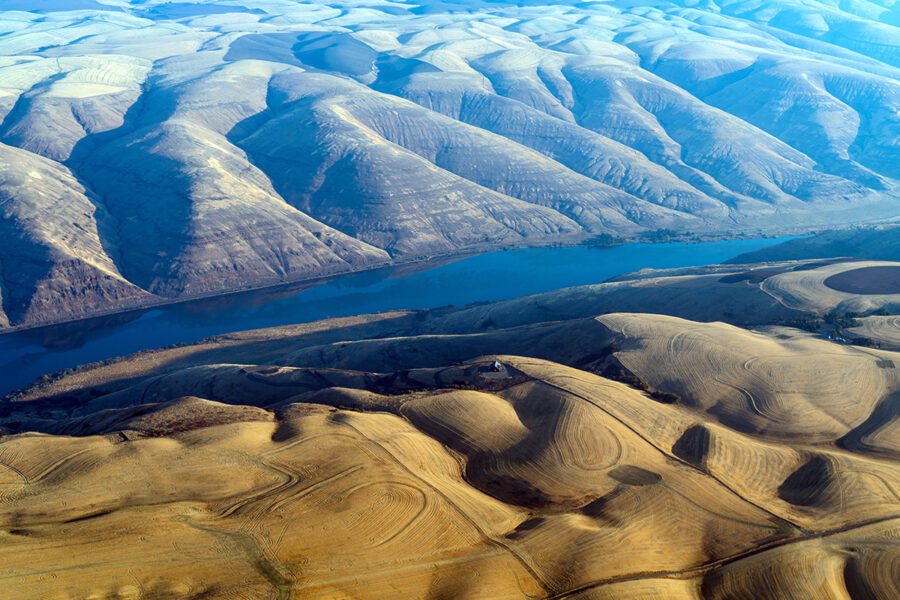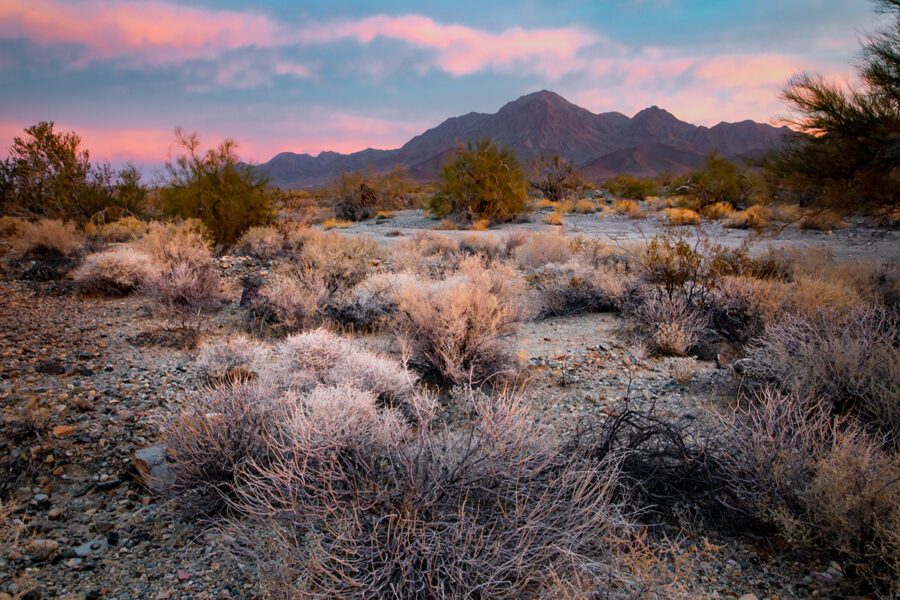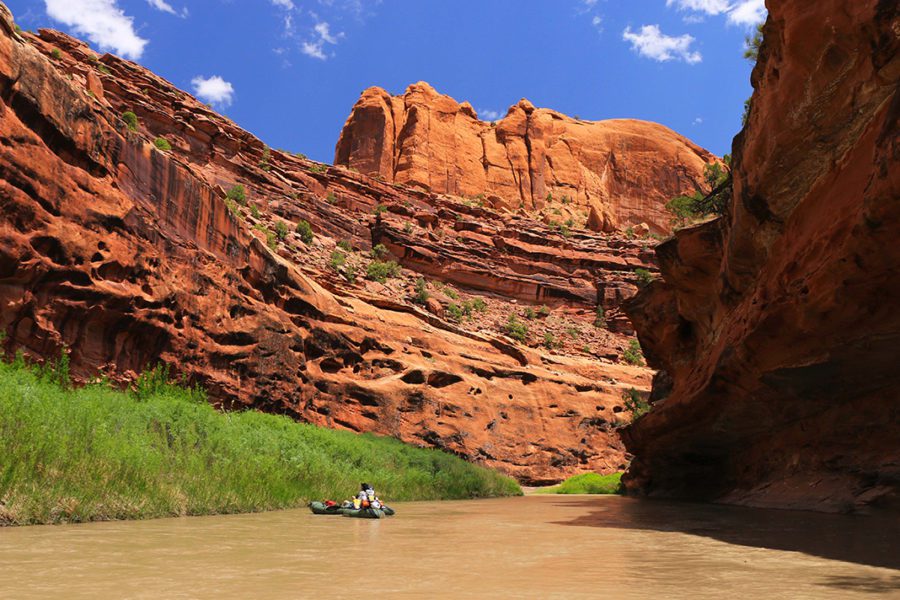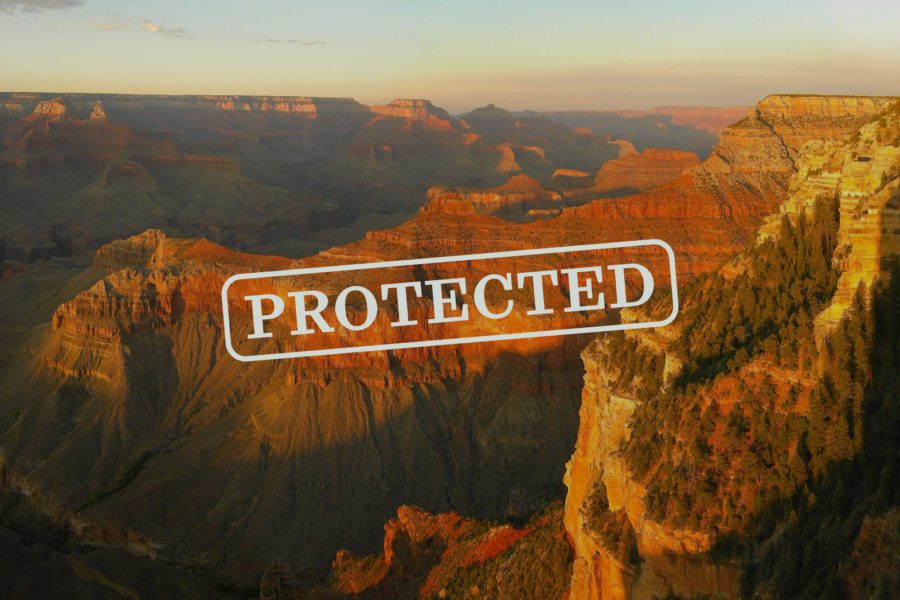Priority Campaigns - The Conservation Alliance (original) (raw)
Lower Snake River Dam Removal
The four dams on the Lower Snake River have disrupted native salmon and steelhead ecosystems for decades. This has caused rapid species decline and significantly impacted the subsistence fishing rights of Native communities and the recreational fishing industries of the Pacific Northwest. A locally-driven coalition is advocating for solutions that will give these fish a fighting chance to survive, honor commitments made to Columbia and Snake River Tribes, and set the Northwest on track to invest in modernizing alternative methods of clean energy, transportation, irrigation, and recreation opportunities.
Chuckwalla National Monument
Chuckwalla National Monument in Southern California would protect nearly 700,000 acres of vital public lands in the California Desert. If designated, the national monument would stretch from the Southern border of Joshua Tree National Park, bordering the Chuckwalla Valley, and connect to the Colorado River. The area offers visitors beautiful views of colorful rock formations and popular hikes into narrow canyons. Permanent protections for Chuckwalla would preserve recreation access to popular places like the Mecca Hills and Orocopia Mountains, safeguard World War II historical sites, and the Bradshaw Trail, and protect vital habitats for chuckwalla (the monument’s namesake), desert bighorn sheep, and desert tortoise.
Dolores River – Colorado
The Dolores River Canyon Country in Southwest Colorado is one of Colorado’s last wild places, spanning an area of nearly 500,000 acres of public lands and 162 river miles of stunning high-desert landscapes. This area is in need of permanent protection and has been the focus of local advocacy for the past 50 years, dating to the designation of the Dolores River as an original potential addition in the 1969 Wild and Scenic Rivers Act. The river and surrounding canyon country have been the bedrock of life for generations, sustaining Indigenous communities, rich biodiversity, and is home to small towns weathering the boom and bust cycles of extractive industries over the past decades. In order to effectively protect the land, water, and recreational resources in the region, The Conservation Alliance will be joining groups advocating for protection of the Dolores River Canyon Country landscape through a permanent public lands designation.
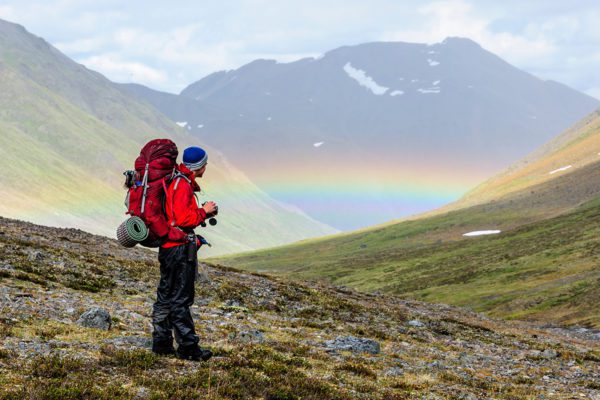
D-1 Lands – Alaska
Alaska’s Bureau of Land Management (BLM) lands harbor some of the largest intact landscapes left in the country. From the temperate rainforests of Southeast Alaska to north of Nome, these lands connect tens of millions of acres of important habitat and provide natural climate refuge for many animal species. We are advocating for the continued protection of 28 million acres while the Bureau of Land Management considers an environmental impact statement.
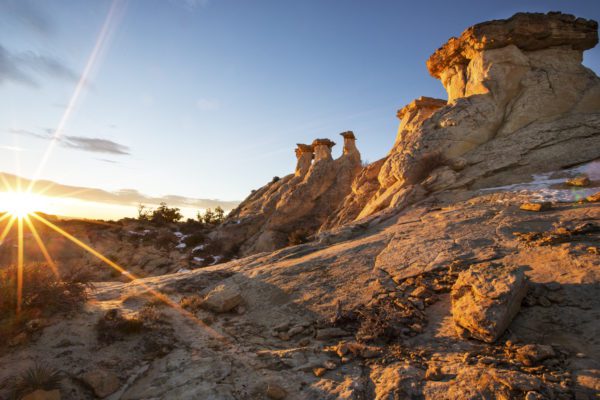
Bureau of Land Management Public Lands Rule
On April 18, 2024, the Bureau of Land Management finalized its Public Lands Rule which places conservation and recreation on an equal playing field with other uses of public lands. Although the final rule has been released, the future is uncertain and our collective business voice is needed to guarantee that the rule is operationalized and protected from congressional efforts to undermine it so we can address the ongoing increasing pressures on our public lands.
Grand Canyon – Arizona
The Baaj Nwaavjo I’tah Kukveni – Ancestral Footprints of the Grand Canyon National Monument was designated by President Biden in August, 2023. This monument permanently protects nearly 1 million acres of public land adjacent to and surrounding the iconic Grand Canyon National Park. It also protects sacred homelands for surrounding tribes as well as the critical Colorado watershed and will further ensure outdoor recreation opportunities in the area.
